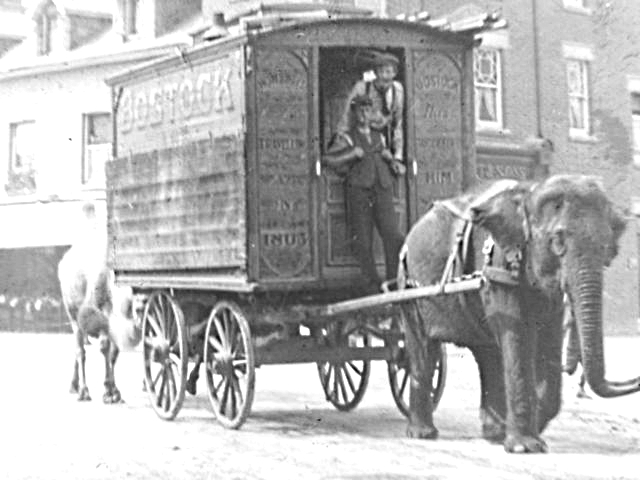
Image copyright GeorgeWombwell.com 2023, All rights reserved.
There is an emergence of interest in the burial sites of large beasts that died across the country. Most are reported in local newspapers of the time and invariably the beasts passed away as part of a travelling menagerie. Recently, one such animal, an elephant, was reported to have deceased and been buried in a local graveyard in Kingswood, Bristol (1891).
There may be various reasons for burying elephants where they die, but one reason may have its roots in Indian tradition.
The practice of burying an elephant where it dies is rooted in the cultural and religious traditions of India. Elephants hold a special place in Indian culture, where they are revered as sacred and often associated with various Hindu deities such as Ganesha, the elephant-headed god of wisdom and prosperity.
When an elephant dies, especially in regions where they are considered significant, there is a belief that it should be accorded a respectful farewell and burial. The burial rituals vary depending on the local customs and traditions, but the underlying sentiment remains the same—to honor the majestic creature and ensure its passage to the afterlife.
In some instances, the burial of an elephant may involve a communal effort, with local communities and authorities coming together to perform the rituals. The burial site is often chosen carefully, taking into consideration factors such as proximity to water sources and the elephant’s natural habitat. The process typically involves digging a large pit or trench, deep enough to accommodate the massive body of the elephant.
The burial itself can be a complex and time-consuming process, given the size and weight of an elephant. The local community may use ropes, pulleys, and machinery to carefully lower the elephant’s body into the burial pit. The grave is then covered with soil, forming a mound or raised platform to mark the resting place of the elephant.
The practice of burying elephants holds significance beyond the physical act of burial. It is believed to demonstrate reverence for the animal and symbolize a respectful farewell, ensuring that the elephant’s spirit finds peace in the afterlife. Additionally, burying the elephant near its natural habitat is seen as a way to maintain the ecological balance and pay homage to the creature’s role in the ecosystem.
It is worth noting that the burial of elephants is not a widespread practice throughout India. It is more commonly observed in regions with a long-standing history of human-elephant coexistence, where elephants are revered and considered an integral part of the local culture and mythology.
While burying an elephant is a culturally significant practice, it is also important to consider the environmental impact and practical considerations associated with such burials. Authorities and local communities need to strike a balance between preserving cultural traditions and adhering to environmental regulations to ensure the conservation of the ecosystem.
In recent years, there has been an increased emphasis on wildlife conservation and the implementation of more sustainable practices. As a result, alternative methods such as natural decomposition or cremation may be considered as viable options to address the ecological concerns associated with large-scale burials.
Overall, the practice of burying elephants where they die reflects the deep cultural and spiritual connection between the Indian people and these majestic creatures. It serves as a testament to the rich tapestry of traditions and beliefs that shape India’s diverse cultural landscape.
